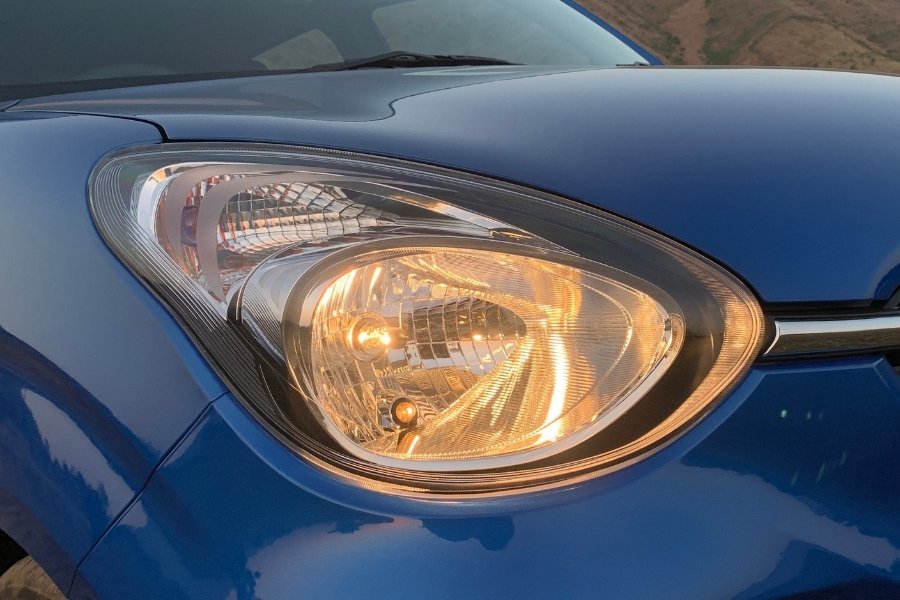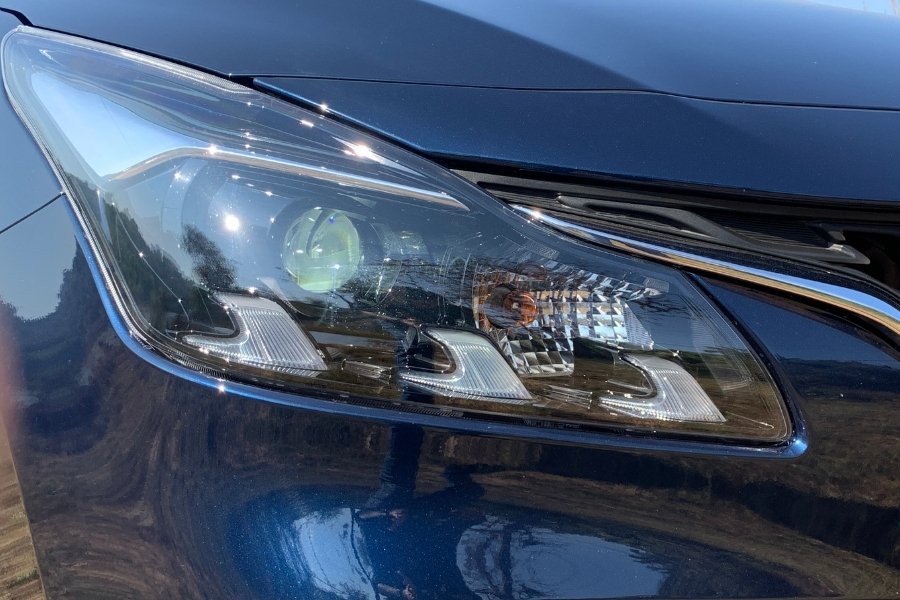Did you know that it is actually illegal as per the law to change any part of your vehicle’s headlights? This is actually the case because the design of each headlight and its frame is sophisticatedly designed for the bulb it holds, and swapping it for another may cause irregular light reflecting patterns leading to improper throw. Let us help shed more insight on the technology which goes into making these headlights and how one differs from the other. We’re dividing the headlamp technology into two parameters: based on housing and based on kind of light.
Types of Headlight Housing
Housing is basically where the bulb is nestled in, and the design of this is what ensures the perfect reflections of light for an optimum throw.
There are two main types of housing used:
1. Reflector Based Headlamp

In this, the housing is shaped like a bowl with multiple mirrors inside. The bulb is situated at the center and, with the placement of the mirrors, is reflected in a certain way to be thrown as a straight beam from the front of your car. These are inexpensive to make & use and, therefore, most commonly seen in vehicles.
2. Projector Based Headlamp

Projector headlamps are pretty similar to reflector headlamps. The initial light formation is done through a bunch of mirrors that reflect the light from the bulb, but instead of throwing it straight, it is reflected in a way to concentrate at a focal point. The beam of light then flows from the point to a lens which amplifies its intensity and distance, making a more concentrated beam. Projectors are quite common now but still expensive over regular reflectors, and matching their cost of production with their fancier looks, they are primarily seen in high-end models of cars.
Also Read: Types Of Automatic Transmission Explained
Types of Bulbs/Lighting Technology in Headlights
Now that we’ve discussed the different housings for headlights, let’s focus on the different types of headlamp technology used to produce the light, which provides us visibility during the night.
There are four main types of lighting technologies that are used in headlamps:
1. Halogen Lights
This is the most common type of headlamp technology. Halogen lights are used in reflector-based housing and give off a yellow light. The working of halogen bulbs is very similar to the incandescent bulb which we used years ago. Halogen bulbs consist of a filament inside of a glass shell. The shell consists of halogen gas, which when reacted with the filament, produces bright light and immense heat, reaching temperatures of up to 2500 degrees. Halogen bulbs are relatively cheap, so they are widely used. Still, they are also very low in brightness with their pale-yellow color and also pretty inefficient due to tremendous loss of energy as heat.
2. HID/Xenon lights
HID stands for High-Intensity Discharge, and they are also known as Xenon lights. These let off a bluish-white color and offer visibility through great distances. Consisting of two metal rods with metal halides and mercury vapors and xenon gas encased within a glass shell. Light is produced when electricity is passed through the metal rods which produces arcs and melts the mercury vapors creating plasma. This plasma mixed with the xenon gas produces bright bluish-white light. Due to its great throw, it is mostly paired with projector headlamp housing. HID, although excellent in performance, does take time to reach optimum brightness and also can be highly disruptive to oncoming vehicles due to its color and shine.
Also Read: Types Of Road / Lane Markings In India
3. LED lights
Very up and coming as of now, LED’s throw off a pure white light and are an extremely lucrative option. With no gas involved, it works basically with the help of diodes which, when powered give off light in the visible range. They are cheap, contain no toxic gases, are highly efficient by producing less heat, are very bright, and turn on at max brightness immediately, unlike HID’s. Paired with reflector-based setups, they are very quickly gaining popularity and have a great throw.
4. Laser Technology
Now, if you think that a laser light literally shoots a laser beam, then fret not because that’s not the case. Laser lights work with the help of three blue laser beams, which fall into a chamber containing a yellow-colored phosphorus gas. The phosphorous gas gets excited by the blue light and tends to glow in a bright shade of white due to the luminescent (glow-in-the-dark) property of phosphorus.
Laser headlamp technology breaks the barrier in terms of performance, offering over 1000 times the brightness of LED light, with a throw up to 600m. The most significant setback to this fantastic piece of technology is its cost, where an add-on of laser light in a BMW car costs nearly $10,000 (Rs.7,00,000!!), which means this technology is reserved for the ultra-luxurious players.


